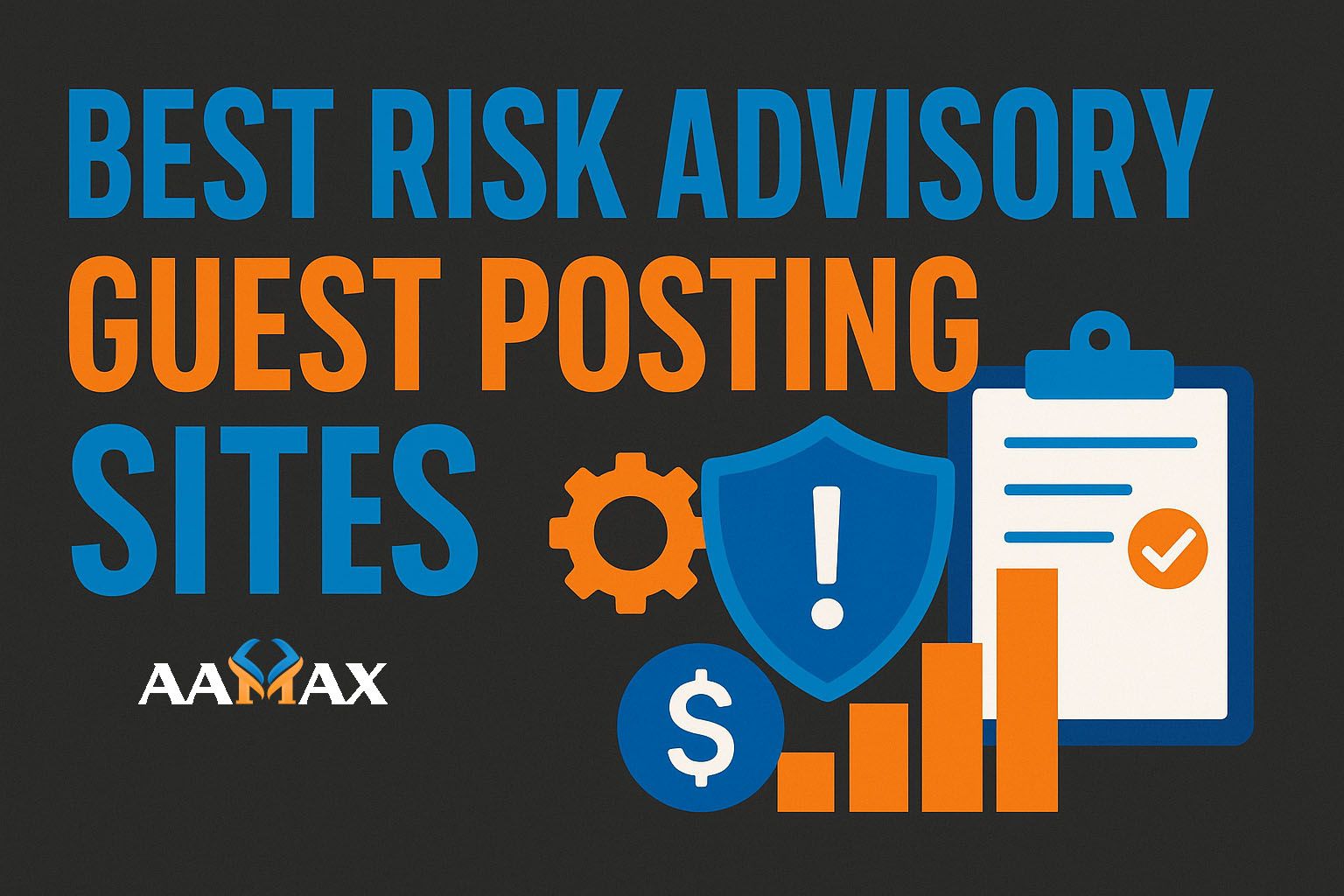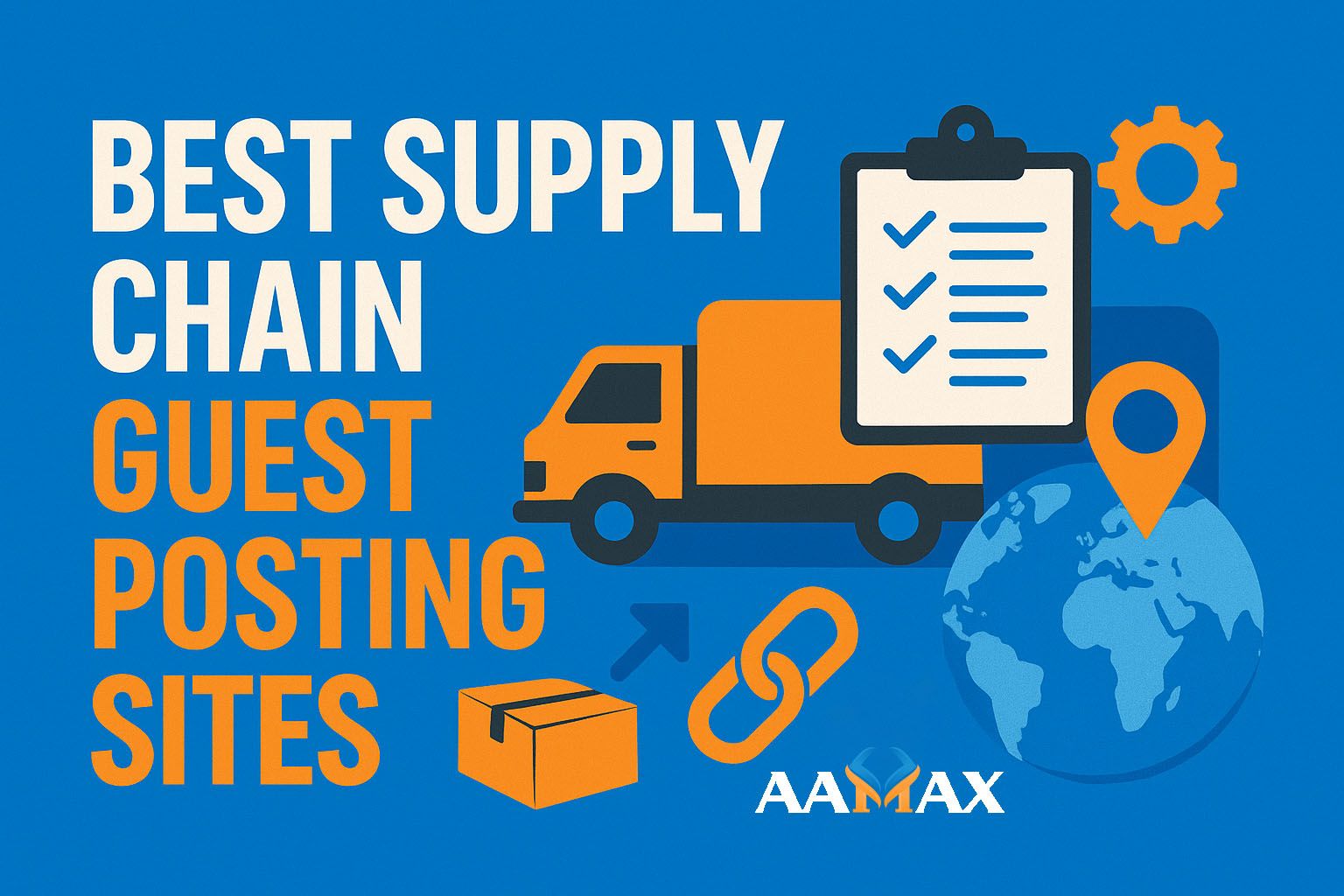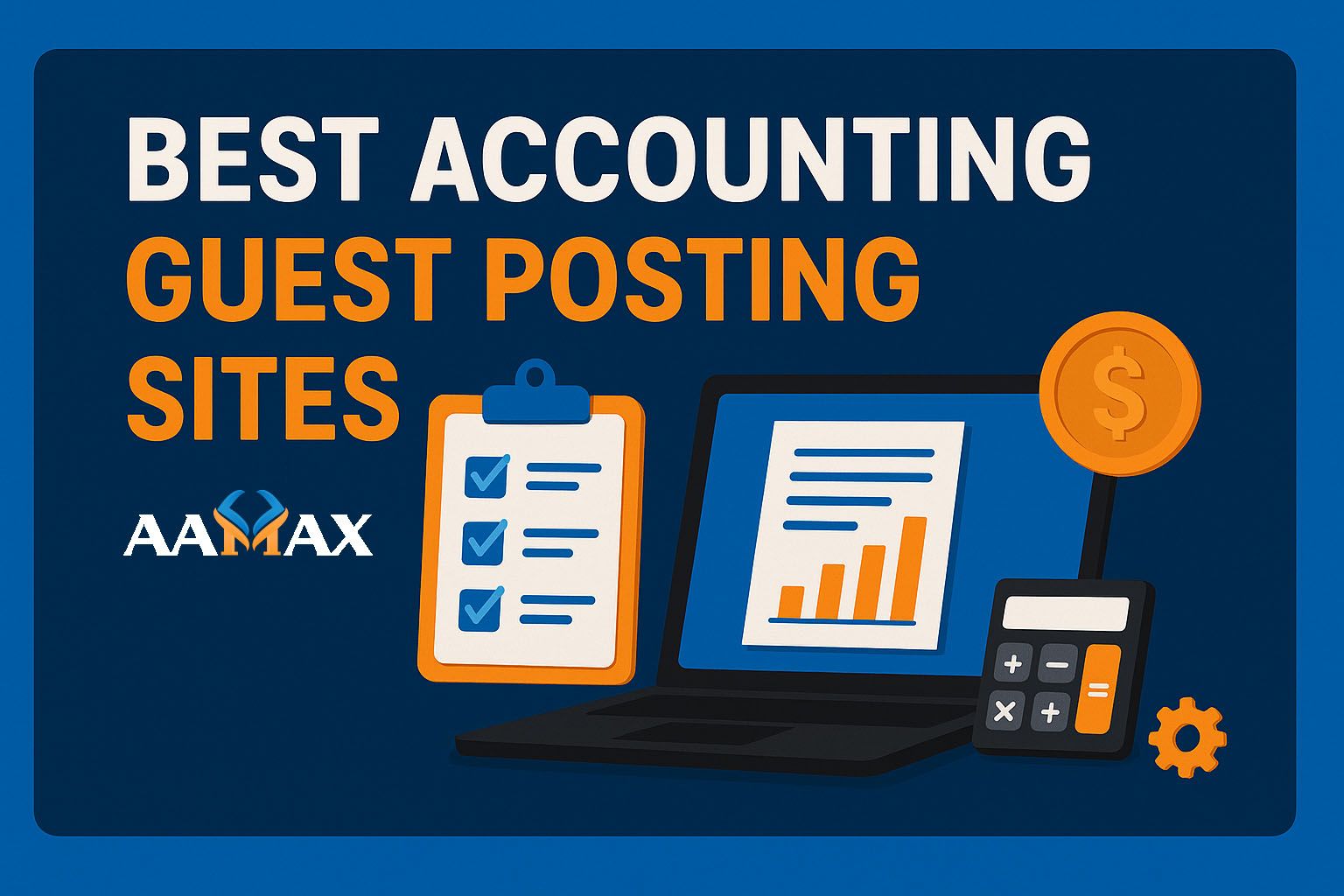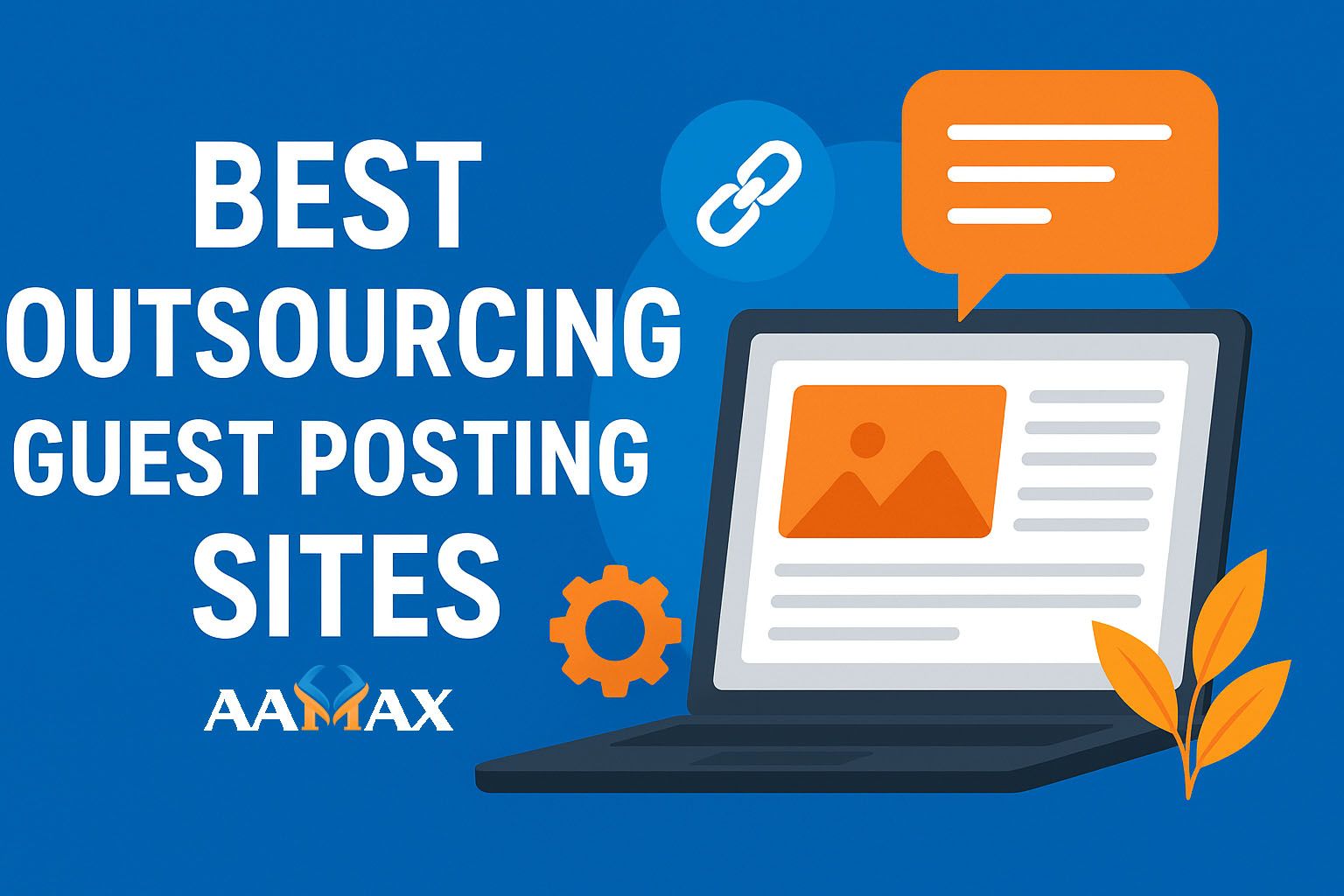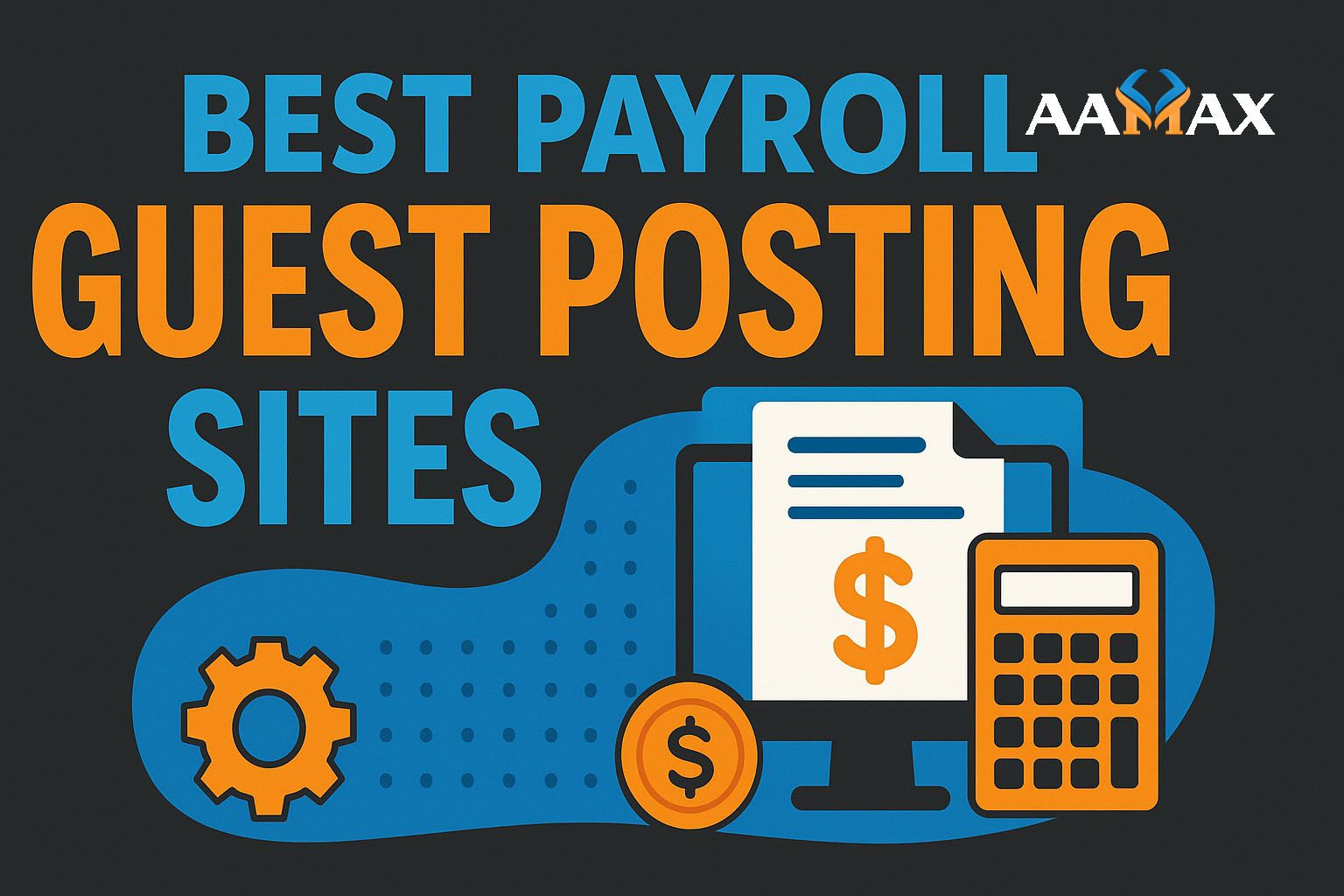
How Long Does It Take to Develop a Web Application?
Developing a web application can be a complex process that involves several stages, from planning and designing to development and deployment. One of the most common questions that business owners and project managers have is how long it takes to develop a web application. The answer depends on several factors, such as the scope of the project, complexity, technology stack, team size, and experience. In this article, we will explore these factors in detail and provide an estimated timeline for developing a web application.
Factors Affecting Web Application Development Timeline
Scope of the project: The scope of the project refers to the features and functionality that the web application will have. The more features and functionality, the longer it will take to develop the web application.
Complexity: The complexity of the web application also affects the timeline. A web application with simple functionality and a basic design will take less time than a web application with advanced functionality and a custom design.
Technology stack: The technology stack refers to the tools and programming languages used to build the web application. The more complex the technology stack, the longer it will take to develop the web application.
Team size: The team size refers to the number of developers working on the project. The more developers, the faster the development process will be.
Experience: The experience of the development team also affects the timeline. An experienced team will be able to complete the project faster than a team with less experience.
Stages of Web Application Development
Before we estimate the timeline for developing a web application, it's important to understand the stages of web application development. Here are the main stages:
Planning: In this stage, the project requirements are gathered, and a plan is created for developing the web application.
Design: In this stage, the design of the web application is created, including the user interface, user experience, and overall look and feel.
Development: In this stage, the web application is built, including the front-end and back-end development, database integration, and testing.
Deployment: In this stage, the web application is deployed to the server and made available to users.
Estimated Timeline for Web Application Development
Based on the factors mentioned above and the stages of web application development, here is an estimated timeline for developing a web application:
Planning: The planning stage can take anywhere from 1 to 4 weeks, depending on the scope of the project and the complexity of the requirements.
Design: The design stage can take anywhere from 2 to 6 weeks, depending on the complexity of the design and the number of revisions required.
Development: The development stage can take anywhere from 4 to 12 weeks, depending on the complexity of the web application and the technology stack used.
Deployment: The deployment stage can take anywhere from 1 to 2 weeks, depending on the complexity of the deployment process and the server infrastructure.
Total Estimated Timeline: The total estimated timeline for developing a web application can range from 8 to 24 weeks, depending on the factors mentioned above.
Factors That Can Slow Down Web Application Development
On the other hand, there are also factors that can slow down the development process. Here are some examples:
Changing requirements: Changing requirements can slow down the development process by requiring the development team to make changes to the existing codebase.
Communication issues: Communication issues, such as miscommunication or lack of communication between team members, can slow down the development process by causing delays or errors.
Technical issues: Technical issues, such as bugs or compatibility issues, can slow down the development process by requiring the development team to spend additional time fixing the issues.
Team turnover: Team turnover can slow down the development process by requiring new team members to get up to speed on the project.
In conclusion, the timeline for developing a web application depends on several factors, such as the scope of the project, complexity, technology stack, team size, and experience. Based on these factors and the stages of web application development, the estimated timeline for developing a web application can range from 8 to 24 weeks. However, there are also factors that can speed up or slow down the development process, such as clear project requirements, agile development methodology, use of pre-built components, communication issues, technical issues, and team turnover. It's important to consider these factors and work with an experienced web development team to ensure a successful and timely delivery of your web application.

